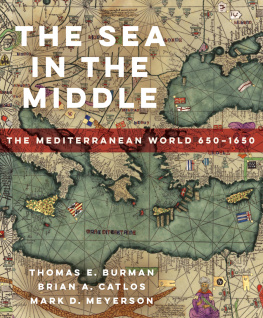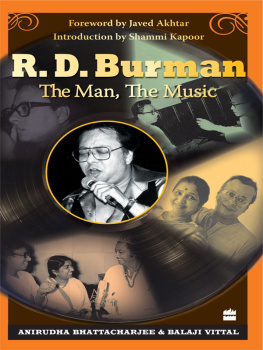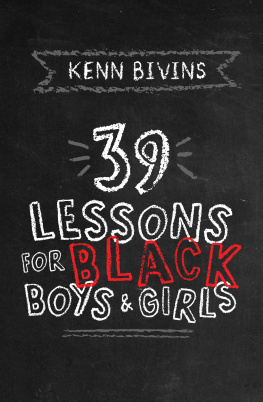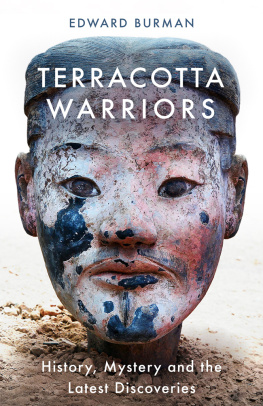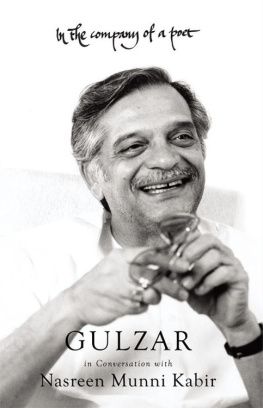Notes
]
Burmans father, Bachan Singh, first came to England in 1954. In 1956 he returned to India to bring his wife, Kamali Vati and their two children, Ashra and Achar, who were Burmans older siblings back to Britain. Burmans parents would go on to have a further three children after they settled in Britain: Chila and her two younger siblings Ashok and Ashan (known as Majic).
This monograph emerged as one of a series of Kala Press/ Third Text offshoot publications, heavily funded by Arts Council money raised by Rasheed Araeen after his ardent campaigning for nearly two decades against the marginalisation of minority ethnic artists in Britain
Stuart Hall New Ethnicities see Stuart Hall Cultural Identity and Diaspora in J. Rutherford (ed.) Identity, Community, Culture, Difference (London: Lawrence and Wishart, 1990) pp. 222-238
The phrase visible minority ethnic is used in race relations literature (particularly in Canada) to refer to the identity of non-white minority groups and I will follow that usage
Chila Kumari Burman There Have Always been Great Blackwoman Artists in H. Robinson (ed., Visibly Female: Feminism and Art Today: An Anthology (London: Camden Press, 1987) p. 195
Bachan Singh was a talented stage magician, his initial livelihood was as a door-to-door salesman selling ties. In spite of his best attempts, Singh initially found it difficult to establish himself in the clothing trade. Whilst in India in the 1940s Singh Burman met a man called Mr Hicken, who was working at the Dunlop rubber factory at Calcutta. Singh Burman was able to use these former contacts to help him secure employment at the Dunlop factory in Speke for a while. However, in the late 1950s, Bachan Singh Burman began trading as an ice cream vendor, which became his main income.
Chila Kumari Burman Ask how I feel/automatic rap/my new work Third Text 6: 19 (1992) pp. 79-80
Ibid
Chila also guest-edited the edition of Feminist Art News on working-class women artists in 1991.
Sonali Fernando Introduction in Lynda Nead Chila Kumari Burman (London: Kala Press,1995) p. 9
David Harvey The Condition of Postmodernity: An Enquiry into the Origins of Cultural Change (Oxford: Wiley-Blackwell,1991) p. 48
E.g. Chila Kumari Burman 'Ask How I Feel' Feminist Arts News Vol 3, No 6 (1991) or There have always been Great Black Women Artists in Hilary Robinson (ed) Visibly Female (Camden Press, London,1987). Also reproduced in Collective Black Women Writers Charting the Journey: An Anthology on Black and Third World Writers (Sheba Publishers, London, 1987)
see Chila Kumari Burman Dont Rush Me Hiya Sisters and Hey Mr Big Stuff in Maud Sulter (ed.) Passion: Discourses on Blackwomens Creativity (London: Urban Fox Press, 1990) p. 54; Chila Kumari Burman Ask how I feel/automatic rap/my new work Third Text 6: 19 (1992) p. 80
Stuart Hall New Ethnicities in J. Donald and A. Rattansi (ed.) Race, Culture and Difference (London: Sage,1992) p. 254
Kobena Mercer Welcome to the Jungle (London: Routledge, 1994) p. 7
A. Thompson The Empire Strikes Back? The Impact of Imperialism on Britain from the Mid-nineteenth century. (Harlow: Pearson Education Limited, 2005) p. 243
See M. Barker The New Racism (London: Junction Books, 1982) and Paul Gilroy There Aint No Black in the Union Jack: The Cultural Politics of Race and Nation (London: Hutchinson, 1987).
Stuart Hall New Ethnicities in J. Donald and A. Rattansi (ed.) Race, Culture and Difference (London: Sage,1992) p. 257
H. S. Mirza (ed.) Black British Feminism (London: Routledge,1997) p. 3
Kobena Mercer Welcome to the Jungle (London: Routledge, 1994) p. 291
Ibid, p. 13
Rasheed Araeen (ed.) The Other Story: Afro-Asian in Post-War Britain exhibition catalogue (London: Hayward Gallery/ South Bank Centre, 1989). p. 40
Sarat Maharaj Introduction in G. Tawadros and V. Clarke (ed.) Annotations 5: Run through the jungle: Selected Writings by Eddie Chambers (London: Iniva,1999) pp. 4-8
A. Wilson Finding a Voice: Asian Women in Britain (London: Virago, 1978)
Sarat Maharaj Introduction in G. Tawadros and V. Clarke (ed.) Annotations 5: Run through the jungle: Selected Writings by Eddie Chambers (London: Iniva,1999) pp. 4-8
R. Araeen and E. Chambers Black Art: A discussion Third Text 2: 5, (1988) p. 52
Stuart Hall Assembling the 1980s: The Deluge and After, in D. Bailey, I. Baucom, and S. Boyce. (ed.) Shades of Black: assembling black arts in the 1980s Britain. (Durham: Duke University Press, in collaboration with the Iniva and the African and Asian Visual Artists Archive, 2005). p. 2
Roszika Parker and Griselda Pollock Fifteen years of feminist action: from practical strategies to strategic practices in R. Parker and G. Pollock (ed.), Framing Feminism: Art and the Womens Movement 1970-1985 (London: Pandora,1995) p. 64
Lubaina Himid Mapping: A decade of Black Women Artists in Maud Sulter (ed.) Passion: Discourses on Blackwomens Creativity (Hebden Bridge: Urban Fox Press, 1990) p. 67
see Katy Deepwell Critical Texts; Aesthetic and Political Sub-Texts in B. Huangfu (ed.) Text and Subtext (Singapore: Lasalle SIA, 2000). p. 33
The work has recently been acquired by The Walker Art Gallery in Liverpool.
Lubaina Himid Catalogue statement in The Thin Black Line, exhibition catalogue, (London: Institute of Contemporary Art, 1985).
Chila Kumari Burman There Have Always been Great Blackwoman Artists in H. Robinson (ed.) Visibly Female: Feminism and Art Today: An Anthology (London: Camden Press, 1987) p. 195
C. Knowles and S. Mercer Feminism and antiracism: an exploration of the political possibilities in J. Donald and A. Rattansi Race, Culture & Difference (London: Sage, 1992) p. 106; H. Carby. White Women Listen! Black Feminism and the Boundaries of Sisterhood in Centre for Contemporary Cultural Studies The Empire Strikes Back (London: Hutchinson, 1982)
Lynda Nead Chila Kumari Burman (London: Kala Press,1995) p. 13
Stuart Hall The Question of Cultural Identity in S. Hall, D. Held and A. McGrew (eds.) Modernity and its Futures (Cambridge: Polity Press, 1992) p. 308
Meena Alexander Post-colonial Theatre of Sense: The Art of Chila Kumari Burman n.paradoxa: an international feminist art journal issue 14 (2001) [http://www.ktpress.co.uk/nparadoxaissue6.pdf] p. 6
Lynda Nead Chila Kumari Burman (London: Kala Press,1995) p.13
ibid
Katy Deepwell Visions of Identity in Flux: Chila Kumari Burman, exhibition catalogue, Genders and Nations: Shirin Neshat, Chila Kumari Burman curator: Salah Hassan, (Herbert Johnson Museum of Art, New York, Ithaca: Cornell University, 1998).p.13
A. Thompson The Empire Strikes Back? The Impact of Imperialism on Britain from the Mid-nineteenth century (Harlow: Pearson Education, 2005) p. 205
Ibid, 2005, p. 220
originally published in Kobena Mercer (ed.) Black Film, British Cinema
Next page


